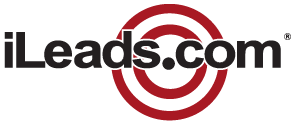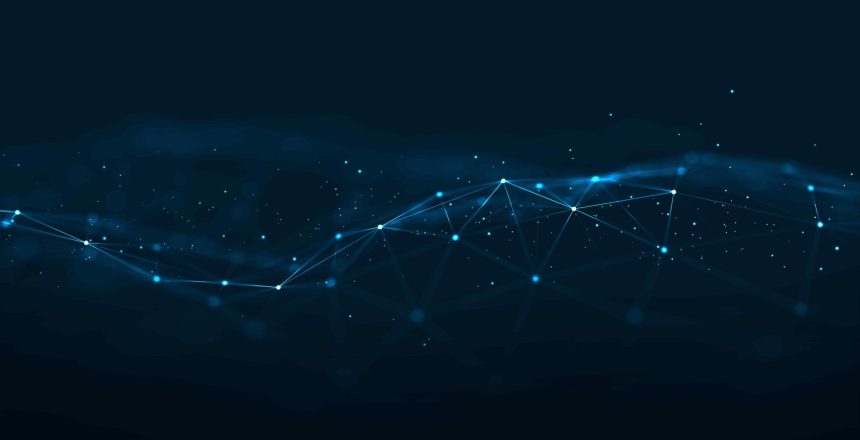(via Lead XL)
Increase DataCenter Efficiency
Data centers are designed for performance, reliability and capacity, and most of the time it is at the expense of efficiency. Most data centers end up wasting a substantial amount of energy which unnecessarily increases the operation costs. If this situation is not checked, finite resources can end up being exhausted, leading to a situation where an organization outgrows its data center.
With the cost of power now making up for a substantial percentage of operational expenditure in most data centers, organizations are now paying close attention to energy efficiency. According to statistics, the amount needed to power a typical server during its useful lifetime can now exceed the initial capital expenditure. This added to the fact that there is other equipment in data centers consuming power is giving a lot of organizations sleepless night.

Fortunately for these organizations, datacenter efficiency can be substantially improved without a negative impact on the performance, capacity and reliability. Here are steps that can be taken to increase datacenter efficiency:
Reducing Power Consumption by Cooling Systems
In a typical data center, only about 50% of the power is used by the IT equipment. The rest is mostly spent cooling the systems down. Efficiency can be increased by reducing the power consumed by the cooling system. This can be done by eliminating any cooling inefficiencies and by upgrading the system so as to allow for variable cooling.
Implement hot-aisle/cold-aisle
When cooling equipment in a data center, you do not necessarily have to maintain very low temperatures. Instead, you can concentrate on removing the hot air from the room before it circulates. By adopting hot/cold aisle configuration, you can prevent servers from drawing hot air from the adjacent servers, which can reduce the amount of energy used to cool the equipment by up to 20%.
Virtualization of servers
Poor utilization of servers in datacenter is one of the major causes of inefficiency. Virtualization of servers can help to increase the overall utilization of servers from around 10% in typical dedicated servers, and up to over 50% in servers with dynamic management systems. This helps to reclaim a significant amount of rack space, and in the process reduces energy consumption by a significant amount.
Ensuring server capacity matches load in real time
Since data centers are designed for performance, most of them tend to waste a lot of power during low application demand periods. However, power consumption in these centers can be reduced by up to 50% by matching the server capacity to the actual load in real time.
Efficient organization of cables
Poor organization of patch cables is another cause of inefficiencies in data centers. Tangled cables can block flow of air and prevent the efficient circulation of cold air, leading to build up of heat. To avoid this, high-capacity cable managers should be used in data centers to organize patch cables.
Monitoring energy efficiency
While energy costs account for a large portion of operational expenditures in data centers, most organizations still lack the capability of monitoring energy consumption. By collection and analyzing energy consumption data from UPS and PDU, an organization can be able to track total energy consumption and optimize the use of available energy resources. This will help to reduce energy consumption and increase the productivity of data centers.

